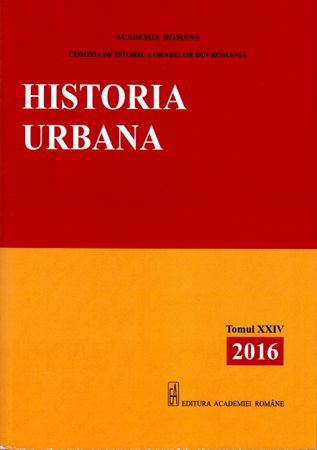Evoluții demografice în orașul Satu Mare în a doua jumătate a secolului al XIX-lea și prima jumătate a secolului al XX-lea
Demographic Evolutions in Satu Mare During the Second Half of the 19th Century and the First Part of the 20th Century
Author(s): Paula ViragSubject(s): Local History / Microhistory, Social history, Recent History (1900 till today), 19th Century
Published by: Editura Academiei Române
Keywords: town; population; census; ethnic; religion; economy;
Summary/Abstract: The Calvinist and Roman-Catholic Hungarian population was preponderant in the Satu Mare during the second half of the 19th century and the first part of the 20th century. The second largest population was the Romanians, who were Greek-Catholics and Orthodox, followed by the Roman-Catholics and Protestant/Lutheran German population. No matter the religion or the ethnicity, the people living here were young and a big percent knew to read or to write. This fact is explained by the high number of confessional schools, where many children could learn, or by the town’s industrialization. The industry offered jobs, where people were requested at least to know how to write or read. That is why the people who came in this urban area looking for a job, had to have this minimal knowledge. In generally we can say that the demographic evolution of Satu Mare was equal to that of the Satu Mare County or the one of Transylvania, even of Hungary. The political, social and economic aspects influenced the demographic phenomena in this town. These have caused the changes that were noted in the census which was organized at the end of the 19th century and the beginning of the 20th century.
Journal: Historia Urbana
- Issue Year: XXIV/2016
- Issue No: 24
- Page Range: 121-133
- Page Count: 13
- Language: Romanian
- Content File-PDF

